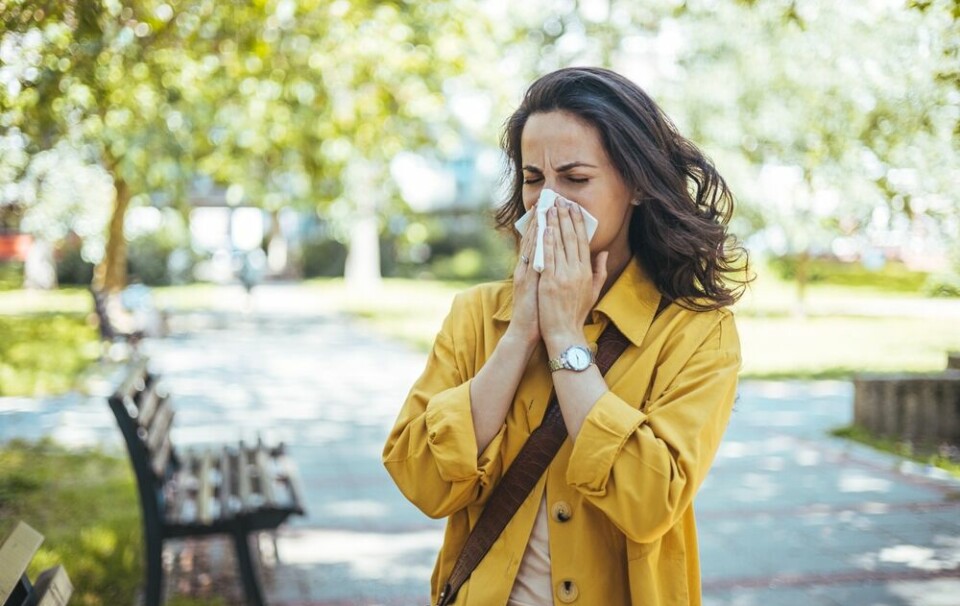Alert over wild mushrooms in France: 400 cases of intoxication since July
Pickers advised to avoid relying on smartphone apps to identify mushroom types due to risk of error
People are urged to remain vigilant and follow the recommended guidelines for safe mushroom consumption
Jaroslav Machacek / Shutterstock
French health officials have highlighted the risks of intoxication from eating wild mushrooms, with 400 cases of poisoning reported since July 1.
Health and safety body Anses is urging the public to remain vigilant and follow the recommended guidelines for safe consumption as the season for mushroom picking (October-November) begins.
Read more: Six tasty autumn mushrooms you can find in French forests
Symptoms of intoxication
Poisoning can lead to serious health complications.
Of the 1,482 cases of mushroom poisoning recorded in France between July and December 2023, 23 were considered very serious although there were no associated deaths recorded. Last year 600 cases were recorded from July 1 - October 16, 2023.
The most common symptoms of poisoning included abdominal pain, nausea, vomiting and diarrhoea.
If you suspect you have been poisoned, you should seek immediate medical advice.
Guidelines for safe mushroom consumption
Intoxication is often due to lack of analysis before consumption or from eating mushrooms in poor condition which have been unsuitably preserved or undercooked.
Read more: French mushroom-hunters asked to share where they are going for safety
Anses, poison control centres, and health authority Direction générale de la santé (DGS) have issued advice for safe mushroom picking.
They recommend only picking mushrooms you can ‘perfectly’ identify. Any doubts should be checked by a fungi specialist, such as a pharmacist or member of a mycological association.
Avoid relying on smartphone apps for mushroom recognition as the risk of error is increased.
In addition, France’s National Forests Office recommends other points to safeguard nature:
Only filling a 5L basket per person, per day
Respecting the natural humus (decayed organic matter in the surrounding soil)
Picking the entire mushroom, including the stalk, to help identify the species
Seeking a professional opinion if in doubt
The most frequently identified toxic species include Agaricus xanthodermus (Yellow Stainer), Macrolepiota venenata, Rubroboletus legaliae and Rubroboletus satanas (Devil's Bolete).




























